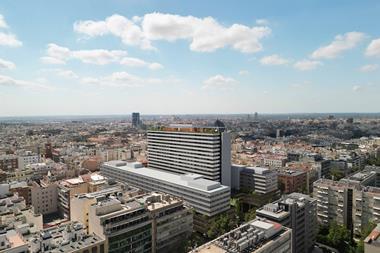A sharp increase in vacancy rates and a continuing decline in rental levels were recorded across Europe, the Middle East and Africa in the first half of 2009, according to Colliers International's latest overview of 68 office markets in 37 countries across the region. The report also revealed a dramatic increase in tenant incentives in the period.
A sharp increase in vacancy rates and a continuing decline in rental levels were recorded across Europe, the Middle East and Africa in the first half of 2009, according to Colliers International's latest overview of 68 office markets in 37 countries across the region. The report also revealed a dramatic increase in tenant incentives in the period.
Not all regions have experienced the same effects, according to the report. Major falls in rental levels in Dubai and Moscow, combined with the strengthening of sterling, have again put London’s West End at the top of the league as the most expensive office market in the region.
With continuing economic troubles throughout the region and weak demand for office space, the vacancy rate across the EMEA region rose to 9.7% at mid-year. This represents an increase of almost two full percentage points during the first six months of the year and brings the EMEA vacancy rate to its highest level since the end of 2004.
Craig Satchwell, leader of Colliers EMEA's Office Business team, said: 'Although the rise in vacancy levels was felt across the region, it was seen most dramatically in the Baltic States, Ireland, Romania, Turkey, Ukraine, the United Arab Emirates, and the United Kingdom.´
Eight EMEA cities are now registering vacancy rates of 20% or higher. Kate Lawler, Colliers EMEA’s Regional Research coordinator, compares this to the situation six months ago, when the highest vacancy rates in the region were around 15%. 'Although the rising vacancy level is reflected across the region, the largest reported increases were in Eastern Europe and the Middle East. Sub-leasing is becoming more widespread in some of the newer markets, which means that the effective vacancy rate is likely to be even higher than has been reported.'










